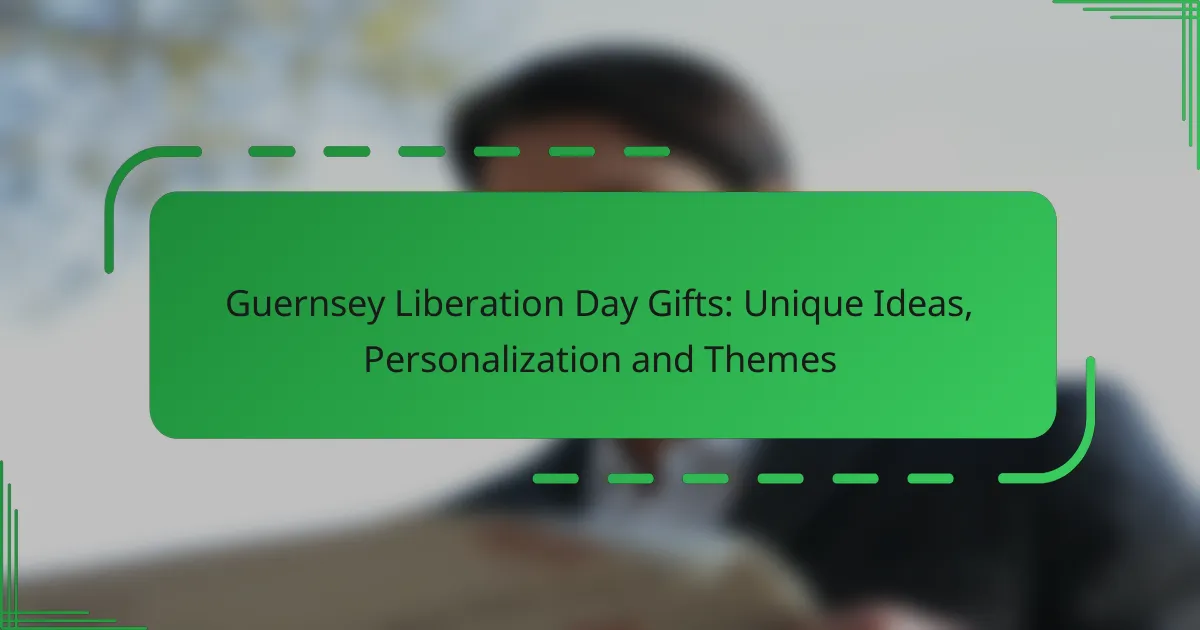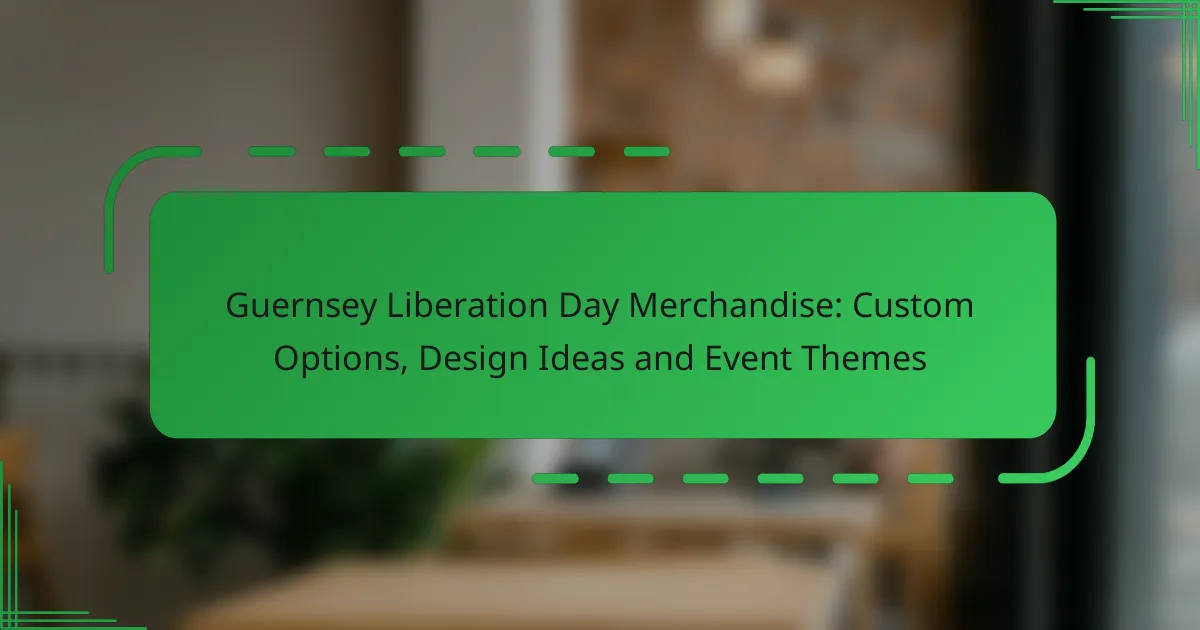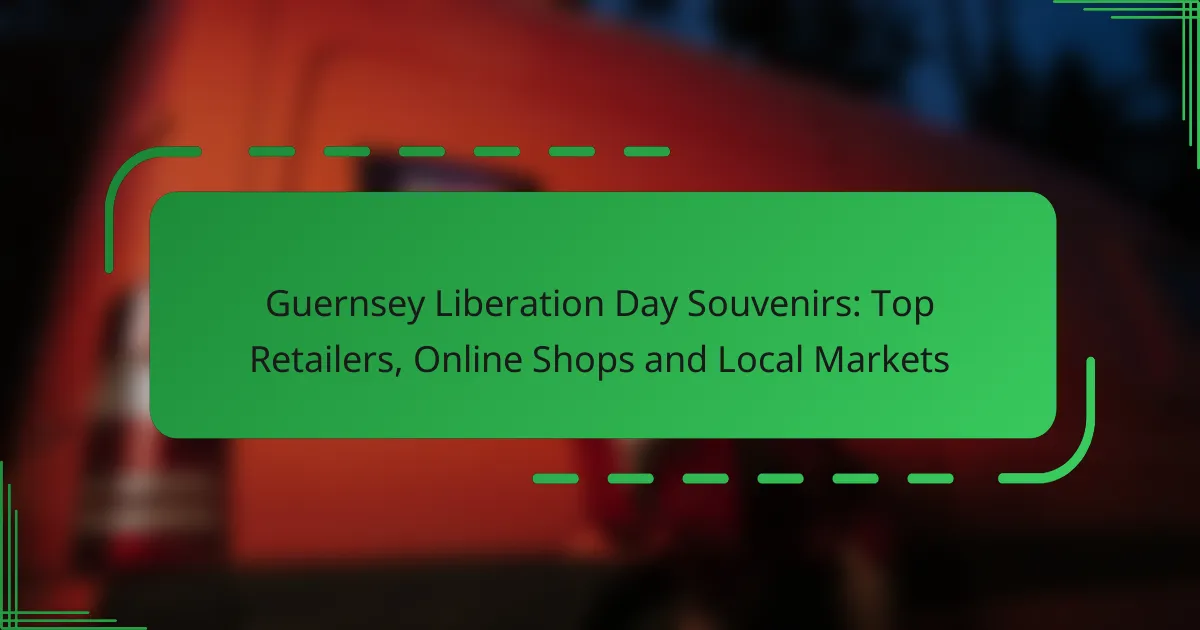Marketing strategies for Liberation Day products should emphasize seasonal relevance and engage diverse target audiences through various channels. By understanding the unique motivations of patriotic consumers, event organizers, and tourists, brands can tailor their promotional techniques, such as discounts and community events, to enhance visibility and drive sales during this significant holiday.

What are effective marketing strategies for Liberation Day products?
Effective marketing strategies for Liberation Day products focus on seasonal relevance, engaging target audiences through various channels, and creating memorable experiences. Utilizing a mix of promotional techniques can enhance visibility and drive sales during this significant holiday.
Seasonal campaigns
Seasonal campaigns are crucial for promoting Liberation Day products, as they align marketing efforts with the holiday’s themes. Consider launching limited-time offers or themed collections that resonate with the spirit of liberation, such as patriotic colors or symbols.
Timing is essential; begin your campaigns a few weeks before the holiday to build anticipation. Utilize countdowns or early-bird discounts to encourage early purchases, maximizing both engagement and sales.
Social media engagement
Social media engagement is vital for connecting with your audience during Liberation Day. Create interactive posts, such as polls or contests, that encourage users to share their own stories or experiences related to the holiday.
Utilize platforms popular in your target market, and consider using hashtags relevant to Liberation Day to increase visibility. Regular updates and engaging visuals can help maintain interest and drive traffic to your product pages.
Influencer partnerships
Influencer partnerships can amplify your reach during Liberation Day promotions. Collaborate with influencers who resonate with your brand values and have an audience that aligns with your target demographic.
Consider offering influencers exclusive discounts or unique products to promote, which can create a sense of urgency among their followers. Authentic endorsements can significantly enhance credibility and drive sales.
Content marketing
Content marketing can effectively educate and engage potential customers about Liberation Day products. Create blog posts, videos, or infographics that highlight the significance of the holiday and how your products enhance the celebration.
Incorporate storytelling that connects your products to the themes of freedom and unity. This approach not only informs but also builds an emotional connection with your audience, encouraging them to choose your brand.
Email marketing
Email marketing remains a powerful tool for promoting Liberation Day products. Craft targeted email campaigns that highlight special offers, new arrivals, or exclusive content related to the holiday.
Segment your email list based on customer preferences to ensure relevant messaging. Use compelling subject lines and clear calls to action to drive engagement and conversions, especially as the holiday approaches.
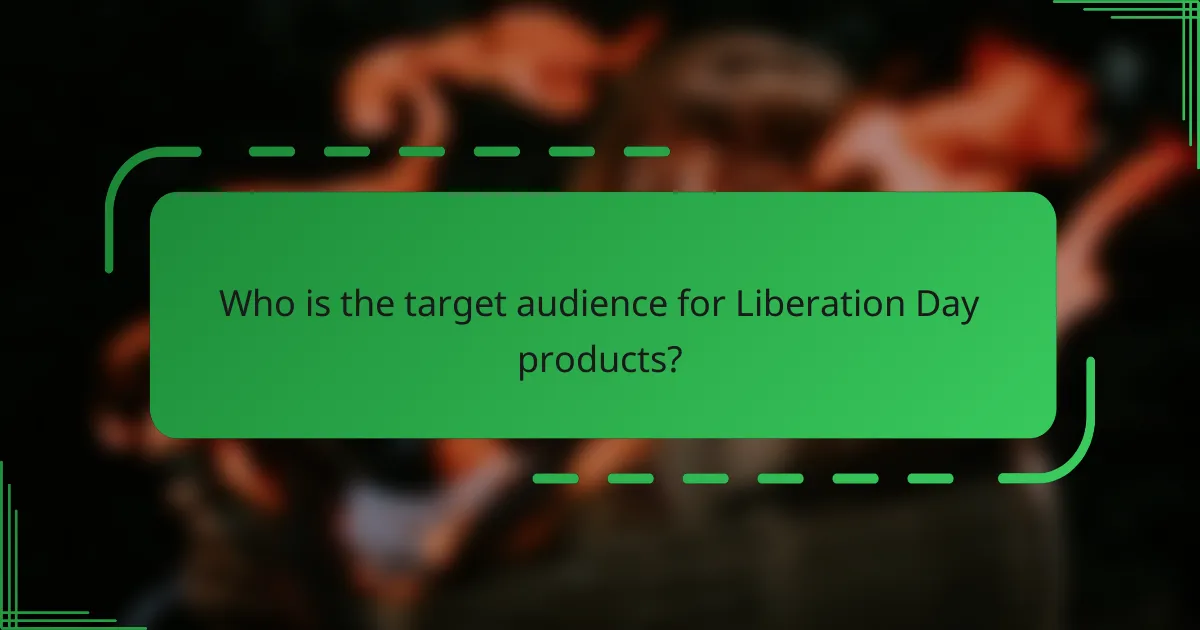
Who is the target audience for Liberation Day products?
The target audience for Liberation Day products includes individuals and groups who celebrate the occasion, such as patriotic consumers, event organizers, local businesses, and tourists. Each segment has unique motivations and purchasing behaviors that can influence marketing strategies.
Patriotic consumers
Patriotic consumers are individuals who take pride in their national identity and actively seek products that reflect their love for their country. They are likely to purchase items such as flags, apparel, and memorabilia that symbolize their heritage during Liberation Day celebrations.
Marketers should focus on emotional messaging that resonates with national pride. Highlighting the significance of the products in relation to the holiday can enhance appeal. Offering limited-edition items or exclusive designs can also attract this audience.
Event organizers
Event organizers play a crucial role in planning and executing Liberation Day festivities. They require a variety of products, including decorations, promotional materials, and merchandise for attendees. Understanding their needs can lead to successful partnerships.
To effectively reach this audience, businesses should offer bulk purchasing options and customizable products. Providing timely delivery and reliable service is essential, as event organizers often work under tight deadlines. Building relationships through networking at local events can also be beneficial.
Local businesses
Local businesses can capitalize on Liberation Day by offering themed products and services that attract customers during the holiday. This includes restaurants featuring special menus, shops selling festive decorations, and service providers hosting community events.
Collaborating with other local businesses for joint promotions can enhance visibility and drive traffic. Utilizing social media to showcase special offers and events can engage the community and increase sales. Offering loyalty programs or discounts can also incentivize purchases.
Tourists
Tourists visiting during Liberation Day are often interested in experiencing local culture and traditions. They may seek souvenirs, local cuisine, and participation in events that celebrate the holiday. Understanding their interests can help tailor marketing efforts.
To attract tourists, businesses should highlight unique local products and experiences related to Liberation Day. Creating packages that include guided tours or special events can enhance their visit. Providing information in multiple languages and promoting through travel platforms can also increase reach.

What promotion techniques work best for Liberation Day products?
Effective promotion techniques for Liberation Day products include discount offers, limited-time bundles, community events, and online contests. These strategies engage consumers and create a sense of urgency, driving sales during this significant celebration.
Discount offers
Discount offers are a powerful way to attract customers during Liberation Day. By providing price reductions, businesses can encourage purchases and increase foot traffic or online visits. Typical discounts range from 10% to 50%, depending on the product and market conditions.
Consider using tiered discounts, where larger purchases yield greater savings. For example, a 10% discount on purchases over $50 and a 20% discount on purchases over $100 can incentivize higher spending.
Limited-time bundles
Limited-time bundles combine popular products at a reduced price, appealing to consumers looking for value. This strategy not only boosts sales but also helps clear inventory. For instance, a bundle of themed items for Liberation Day can be offered at a price lower than purchasing each item separately.
Ensure that the bundle is time-sensitive, creating urgency. Promote these bundles through email marketing and social media to reach a wider audience quickly.
Community events
Hosting community events during Liberation Day can enhance brand visibility and foster customer loyalty. These events can include parades, festivals, or local markets where products are showcased. Engaging with the community strengthens brand connection and encourages word-of-mouth promotion.
Consider partnering with local organizations to co-host events, which can expand your reach and share costs. Offering exclusive event discounts can further entice attendees to make purchases.
Online contests
Online contests are an effective way to engage customers and promote Liberation Day products. These contests can include giveaways, photo competitions, or trivia related to the holiday. They encourage participation and can significantly increase your brand’s online presence.
To maximize participation, promote the contest across social media platforms and encourage sharing. Offering a desirable prize, such as a popular product or gift card, can motivate more people to enter and spread the word.
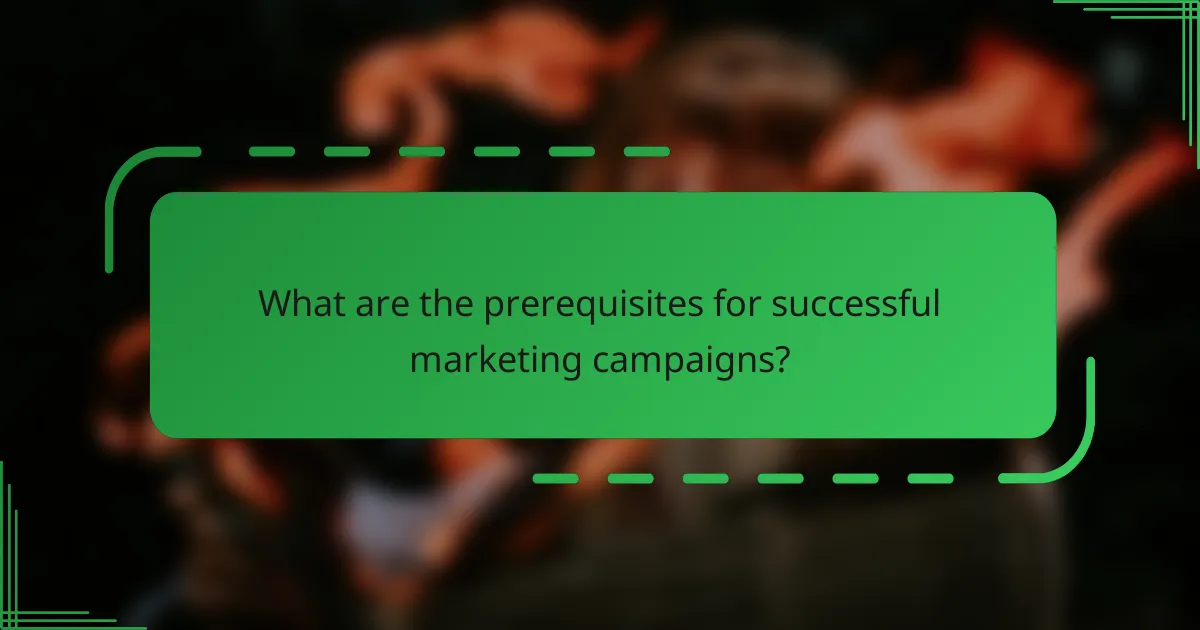
What are the prerequisites for successful marketing campaigns?
Successful marketing campaigns require a solid foundation built on thorough market research, brand alignment, and effective budget planning. These elements ensure that the campaign resonates with the target audience and achieves its objectives.
Market research
Market research is essential for understanding the target audience’s needs, preferences, and behaviors. This involves gathering data through surveys, focus groups, and analyzing existing market trends. Effective research helps identify the right demographics to target and informs the messaging strategy.
Utilize both qualitative and quantitative methods to gain a comprehensive view of the market landscape. For example, online surveys can provide insights into customer preferences, while sales data can highlight purchasing trends. Aim to gather information that is relevant and actionable.
Brand alignment
Brand alignment ensures that the marketing campaign reflects the core values and identity of the brand. This consistency helps build trust and recognition among consumers. When developing a campaign, consider how the messaging, visuals, and overall tone align with the brand’s mission and vision.
For example, if a brand emphasizes sustainability, the campaign should highlight eco-friendly practices and products. Regularly review brand guidelines and ensure that all marketing materials adhere to these standards to maintain a cohesive brand image.
Budget planning
Budget planning is crucial for allocating resources effectively across various marketing channels. Establish a clear budget that outlines expected costs for advertising, promotions, and other campaign-related expenses. This helps prevent overspending and ensures that funds are used strategically.
Consider using a percentage of projected sales or a fixed amount based on past campaign performance as a guideline for budget allocation. Regularly monitor expenses and adjust the budget as needed to maximize return on investment (ROI). Avoid common pitfalls like underestimating costs or neglecting to account for unexpected expenses.

How can businesses measure the success of their marketing efforts?
Businesses can measure the success of their marketing efforts through various methods that provide insights into performance and effectiveness. Key metrics include sales analytics, customer feedback, and engagement metrics, each offering unique perspectives on how well marketing strategies are working.
Sales analytics
Sales analytics involves tracking revenue generated from marketing campaigns to assess their effectiveness. Businesses should analyze sales data before, during, and after campaigns to identify trends and correlations. For example, a spike in sales during a promotional period can indicate successful marketing efforts.
Utilizing tools like Google Analytics or CRM software can help businesses segment sales data by campaign, product, or customer demographics. This allows for a clearer understanding of which strategies yield the best return on investment (ROI).
Customer feedback
Customer feedback is essential for understanding how marketing efforts resonate with the target audience. Surveys, reviews, and direct feedback can provide valuable insights into customer perceptions and satisfaction levels. For instance, asking customers about their awareness of a campaign can highlight its reach and impact.
Implementing regular feedback mechanisms, such as post-purchase surveys or social media polls, can help businesses gather ongoing insights. This feedback can guide future marketing strategies and improve product offerings based on customer preferences.
Engagement metrics
Engagement metrics measure how audiences interact with marketing content across various platforms. Key indicators include click-through rates, social media shares, and time spent on a website. High engagement levels often correlate with effective messaging and audience interest.
Businesses should track these metrics using analytics tools to identify which content types and channels drive the most engagement. Regularly reviewing these metrics can help refine marketing strategies and enhance audience connection, ultimately leading to better conversion rates.

